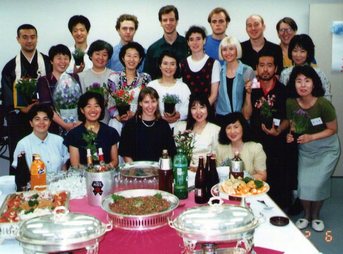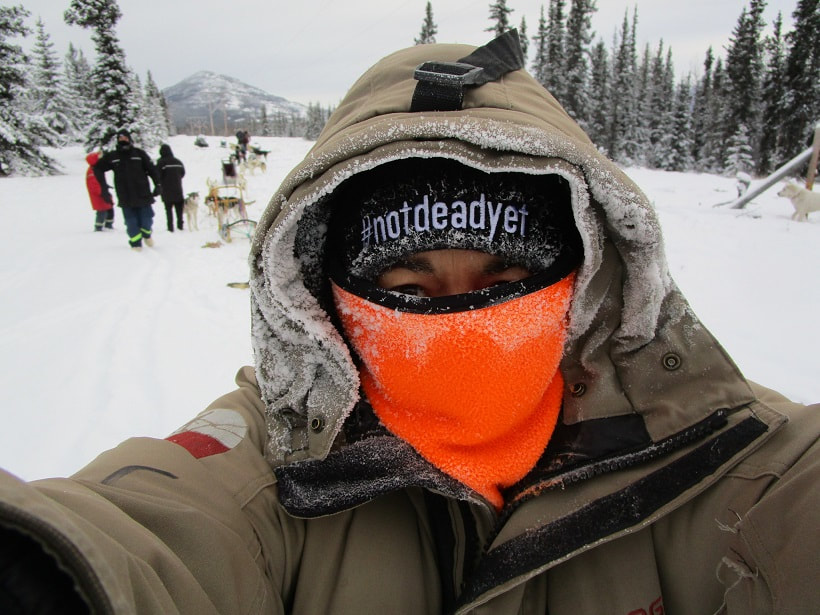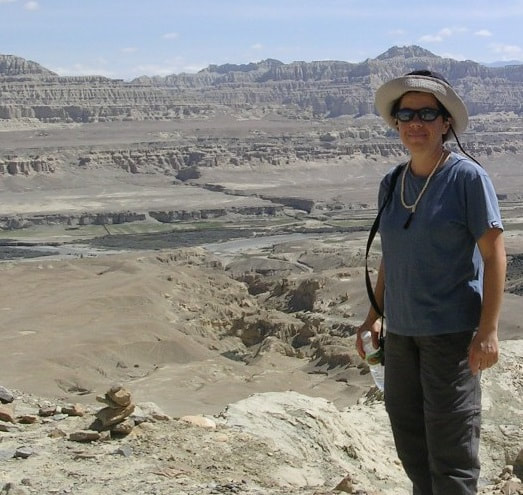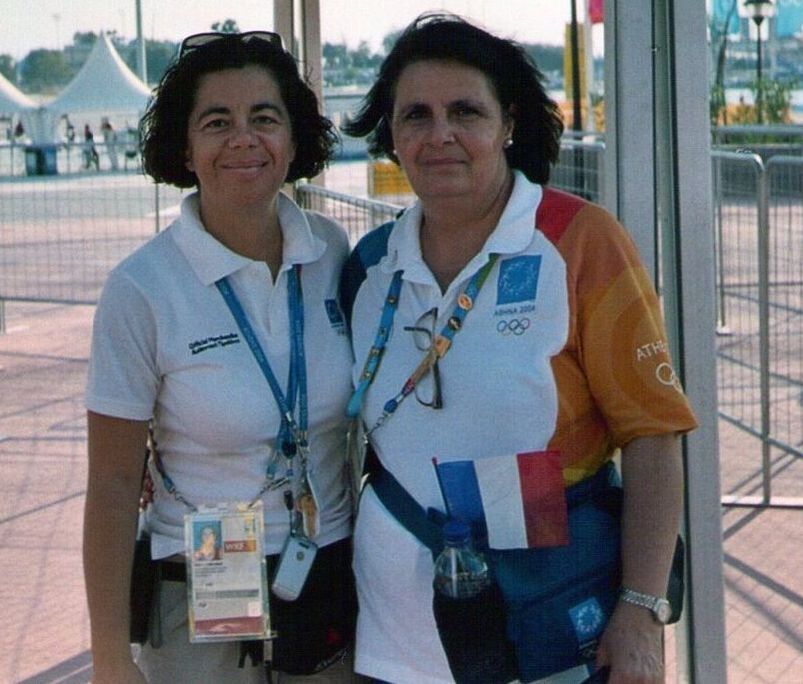|
“That fish,” Bea grabbed my arm, “it’s still… breathing!” I spluttered as my gaze rested on the platter where the freshly gutted fish was taking its last gasps of air. It was skewered to our sashimi plate, head attached to the bones and tail. A decorative array of thinly sliced fish pieces surrounded it on the wooden boat platter. Within a couple of weeks of our arrival in Japan, a fellow teacher and I decided to experience two Japanese features - raw fish and peak hour trains. Our first experiment began in a tiny Japanese restaurant located up some dimly-lit stairs. Using a picture menu, we ordered a modest platter of sashimi which arrived with the above mentioned gasping fish. Apparently, this was a sign of its freshness. How to squeeze onto a fully packed train Our next assignment was to travel on a peak hour train in Tokyo. We had seen photos in our guide book showing station attendants with white gloves pushing commuters onto the trains. “We have to try it.” We both agreed enthusiastically. Bea and I stood at the platform early one morning eagerly awaiting the arrival of the express train. We scanned the crowd to ensure the men in white gloves were there to help us squeeze into the carriage. We teetered precariously between the carriage doors, unable to force our way onto the train, when another 20 commuters surged on board as the attendant’s whistle blew, sweeping us into the already jam-packed train. Crushed among the passengers, we were caught in suspended animation: one arm here, the other leg there – unable to move at all. We were trapped in these awkward positions for 10 minutes until the express train stopped at the next station. Four tips for getting onto a Tokyo train
Where’s your friend from? “Onomimono wa? Any drinks?” the waitressed asked. I turned to Tomoko and repeated the question in English. “What do you want to drink?” “I’ll have a beer.” “Birru o futatsu. Two beers,” I relayed in Japanese to the waitress. Tomoko sat back and let me order the meals, while two intrigued Japanese men observed the interaction from a nearby table. “Nihongo ga jozu. You speak Japanese well.” “Arigato,” I replied. They looked at Tomoko. “Where’s your friend from?” “Nihonjin desu! I’m Japanese,” she replied curtly. “Honto? Really?” The men peered closely at her. “You don’t act Japanese,” I told Tomoko, “that’s why they don’t believe you.” It must’ve been that year she spent in Florida, where she learnt to hug. Last train out of Tokyo Kawagoe. The word filtered into my slumbering brain, setting off alarm bells. I heard the name again, fluttered open my eyes, saw the open carriage doors and catapulted myself out of the seat. I stood, disoriented, on the empty platform as the last train for the night continued to its final destination into the outlying suburbs. Bugger. I’d slept through my stop. That was half an hour ago. And there were no more trains heading back towards Tokyo. I shuffled down the steps, the crisp midnight air clearing the alcohol fumes from my head. My eyes spotted a light nearby: a taxi. I hesitated; hope I’ve got enough money to get me home. I checked my purse, counted the notes and knew it was going to be close. Thirty minutes later, the taxi dropped me off at the front of my home. Bugger it, I’ll have to retrieve my bicycle from the train station tomorrow. The most disgusting food I’ve ever eaten I held the long, thin metal skewer in one hand, the other tentatively holding a thick, slimey-green sea shell. I looked at my hostess, who nodded encouragement. “Use the skewer to pull out the meat.” Well, I did say that I loved Japanese food when she invited me to her home for a farewell dinner. I could eat anything, except natto, which has been described as a foul-smelling sticky web of fermented soybeans. I took a sip of sake. I poked into the shell, hooked the skewer into something fleshy and gently tugged at it. My hosts watched closely. I took another sip of sake and continued to pull out the meat from its deep sea home. At the end of the skewer was the most unappetising, nausea-inducing piece of “meat” I had ever seen. And I had to eat it. I was a guest in a student’s home and had happily eaten everything else on the dinner table. “Kanpai. Cheers.” I took a long, deliberate swig of sake, bit into the “meat” and washed it down with more sake. I still don’t know what kind of sea creature I ate that day; I've eaten sea urchin, eel and many other crustaceans, but this one’s not listed in my What’s what in Japanese restaurants guide book. I’ve since Googled edible Japanese sea creatures but none of the results feature this particular "delicacy".
8 Comments
Hari Kotrotsios
6/6/2011 08:47:23 am
Thanks Robyn - lots of memories from spending two years in Japan!
Reply
Pam
6/6/2011 12:52:14 pm
Yuk. So visual. I'm glad I've already had dinner.
Reply
6/6/2011 10:59:43 pm
Great memories, Hari. Nothing like sampling the local cuisine. Your mystery shellfish-abalone perhaps?
Reply
Hari Kotrotsios
7/6/2011 01:41:24 am
No, not abalone Peter - different kind of shell. it's one of those unsolved mysteries, though I'd recognise the shell if I saw it.
Reply
Yvonne Corstorphin
7/6/2011 06:40:00 am
Glad I missed out on that little delicacy whilst we were in Japan! But I'm more impressed with your sake drinking capability. Two sips and I was 'done for' so two glasses holds you in high esteem in my books!!!!!
Reply
Hari Kotrotsios
7/6/2011 06:48:40 am
My male students were suitably impressed that I could outdrink them... two beers and they were "done for". I put it down to being Greek Australian, which gave me double capacity for alcohol consumption.
Reply
Therese
18/6/2011 05:13:05 am
Such a colourful story Hari, hope that I make it there one day soon.
Reply
Your comment will be posted after it is approved.
Leave a Reply. |
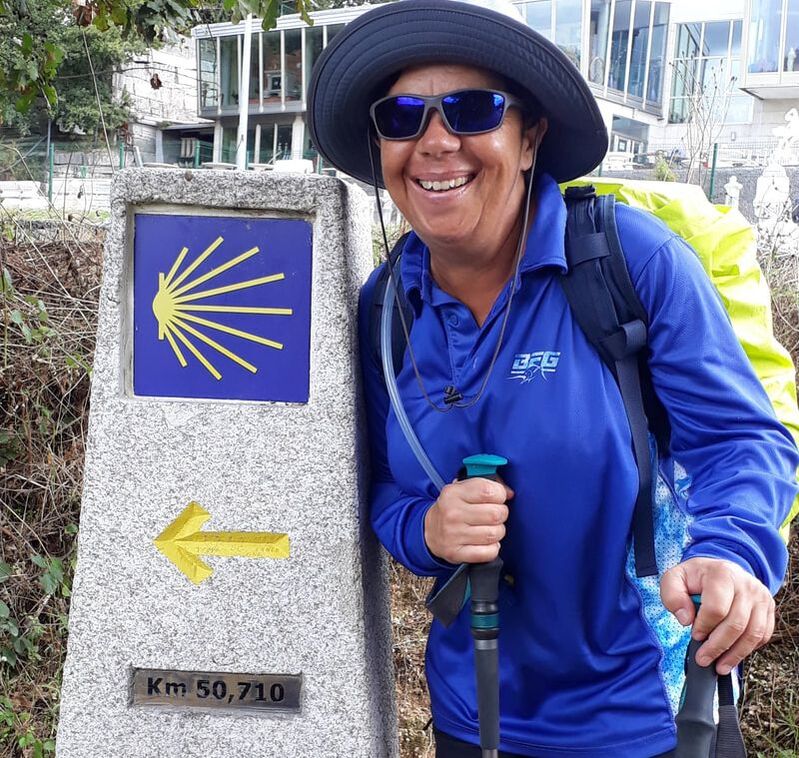 Portuguese Camino 2019 Portuguese Camino 2019
Travel blogs
New Zealand 2008 Tibet 2007 New Zealand 2006 Melbourne 2006 United Kingdom 2004 Athens Olympics 2004 Peru 2003 Beijing to Athens 1994 Nepal 1991 Categories
All
Archives
December 2019
|
|
I acknowledge the traditional Custodians of the land on which I work and live, the Gubbi Gubbi / Kabi Kabi and Joondoburri people, and recognise their continuing connection to land, the waters and sky. I pay my respect to them and their cultures; and to Elders past, present and emerging.
|
© 2024 HARI KOTROTSIOS
|
